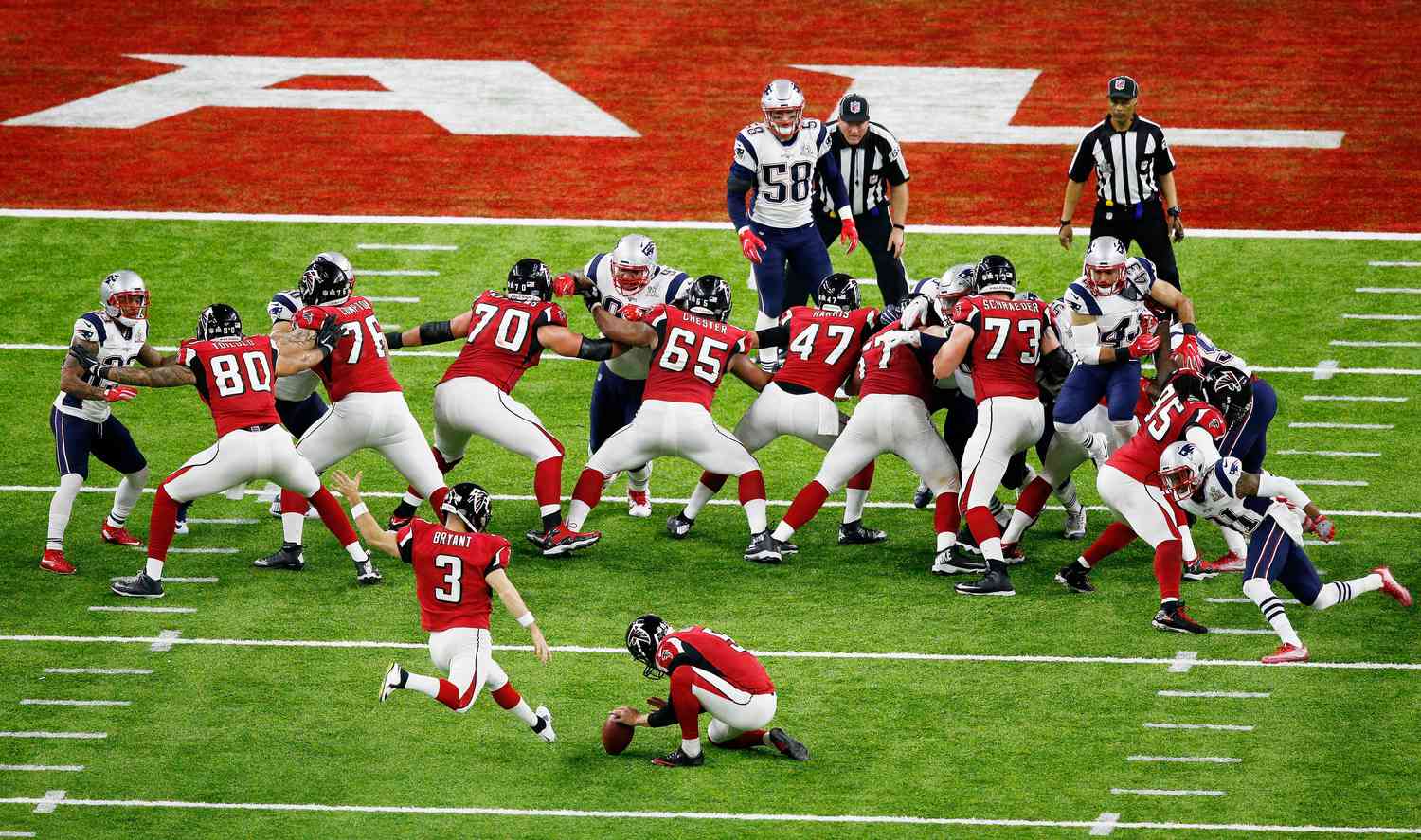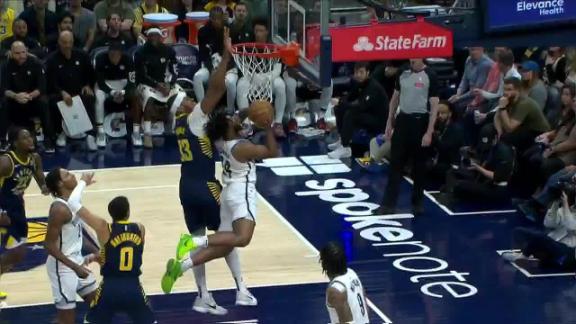Post Touchdown Attempt: Understanding the Crucial Strategies in Football
Post touchdown attempts play a critical role in football, influencing the outcome of the game significantly. This article delves into the various strategies, rules, and considerations surrounding post touchdown attempts, offering a comprehensive understanding of this crucial aspect of the sport.
Introduction
Importance of Post Touchdown Attempts
post touchdown attempt football, scoring a touchdown is a moment of celebration, but the subsequent decision on the post touchdown attempt can be pivotal. This decision can affect the game’s momentum, overall score, and ultimately the outcome. Understanding the intricacies of post touchdown attempts is essential for players, coaches, and fans alike.
Post Touchdown Attempt
Definition and Purpose
A post touchdown attempt is an opportunity for the scoring team to add additional points following a touchdown. The team can either kick an extra point or attempt a two-point conversion. Each option comes with its own set of rules and strategic considerations.
Historical Background
post touchdown attempt concept of post touchdown attempts has evolved over the years. Initially, the extra point kick was the standard method, but as the game developed, the two-point conversion was introduced to add strategic depth and excitement to the game.
Types of Post Touchdown Attempts
Extra Point Kick
The extra point kick, also known as the point after touchdown (PAT), involves kicking the ball through the uprights from a designated spot, typically the 15-yard line in the NFL. If successful, it adds one point to the team’s score.
Two-Point Conversion
A two-point conversion involves running or passing the ball into the end zone from the two-yard line. If successful, it adds two points to the team’s score. This option is riskier but can be advantageous in certain game situations.
Comparison of Strategies
Choosing between an extra point kick and a two-point conversion depends on various factors, including the game’s score, time remaining, and the team’s confidence in their offensive capabilities. Coaches often rely on statistical analysis and game flow to make this critical decision.
Rules and Regulations
NFL Rules for Post Touchdown Attempts
In the NFL, the extra point kick is attempted from the 15-yard line, while the two-point conversion is attempted from the two-yard line. The defense can also score two points if they intercept a two-point attempt and return it to the opposing end zone.
College Football Rules
College football follows similar rules to the NFL but with slight variations. The extra point kick is from the three-yard line, and the two-point conversion is also from the three-yard line.
High School Football Rules
High school football rules vary by state, but generally, the extra point kick is from the three-yard line, and the two-point conversion is from the three-yard line. Understanding these differences is crucial for coaches and players at all levels.
Strategies and Decision-Making
Factors Influencing the Choice
Several factors influence the decision between an extra point kick and a two-point conversion, including the score differential, the team’s offensive strengths, and the opponent’s defensive weaknesses. Coaches often weigh these factors to make the most strategic choice.
When to Go for Two Points
Teams typically go for two points when trailing by a significant margin, needing to catch up quickly, or when a single point is insufficient to achieve the desired score differential. Situational awareness and game context are key in making this decision.
The Role of Analytics in Decision Making
Modern football increasingly relies on analytics to guide decision-making. Data on conversion success rates, opponent tendencies, and game situations help coaches make informed choices about post touchdown attempts.
Executing the Extra Point Kick
Kicking Technique
The technique of kicking an extra point involves precision and consistency. The kicker must focus on their approach, follow-through, and contact with the ball to ensure accuracy.
Role of the Holder and Snapper
The holder and snapper play crucial roles in the success of the extra point kick. The snapper must deliver a precise snap, and the holder must position the ball correctly and quickly for the kicker.
Common Mistakes and How to Avoid Them
Common mistakes in extra point kicks include poor snap handling, incorrect ball positioning, and missteps in the kicker’s approach. Consistent practice and communication among the special teams unit can mitigate these errors.
Executing the Two-Point Conversion
Play Designs and Formations
Two-point conversion plays require creative play designs and formations. Teams often use trick plays, misdirection, and innovative tactics to catch the defense off guard.
Key Players and Their Roles
Key players in a two-point conversion include the quarterback, running back, and wide receivers. Their coordination and execution of the play design are critical to the conversion’s success.
Successful Two-Point Conversion Examples
Successful two-point conversions often involve quick decision-making and precise execution. Notable examples include last-minute game-winning conversions and innovative trick plays that surprise the defense.
Special Teams’ Role
Importance of Special Teams
Special teams are integral to the success of post touchdown attempts. Their training, preparation, and execution directly impact the outcome of extra point kicks and two-point conversions.
Training and Preparation
Training for special teams involves rigorous practice of kicking, holding, snapping, and executing two-point plays. Consistent practice and attention to detail are crucial for their success.
Impact of Special Teams on Game Outcomes
Effective special teams can significantly influence game outcomes. Successful extra points and two-point conversions can swing the momentum and affect the final score, making special teams a critical component of the overall strategy.
Coaching Strategies
Coaching Philosophy on Post Touchdown Attempts
Coaches’ philosophies on post touchdown attempts vary. Some prefer the safer extra point kick, while others embrace the risk and reward of the two-point conversion. This philosophy often reflects the coach’s overall approach to the game.
Adapting to Opponent’s Defense
Adapting to the opponent’s defense is crucial in deciding post touchdown attempts. Analyzing the defense’s tendencies and weaknesses can inform the choice and increase the chances of success.
Case Studies of Notable Coaches
Notable coaches like Bill Belichick and Sean Payton are known for their strategic use of post touchdown attempts. Studying their approaches and decisions can provide valuable insights into effective coaching strategies.
Psychological Aspects
Pressure Situations
Post touchdown attempts often occur in high-pressure situations. Players must remain calm and focused to execute successfully. Mental toughness and confidence are key factors in handling these moments.
Confidence Building in Players
Building confidence in players involves consistent practice, positive reinforcement, and preparation for various scenarios. Coaches play a crucial role in fostering a confident mindset in their players.
Handling Failures and Learning from Mistakes
Failures in post touchdown attempts are inevitable, but they provide learning opportunities. Analyzing mistakes and using them as teaching moments can help players and teams improve and prepare for future attempts.
Technology and Innovations
Impact of Technology on Post Touchdown Attempts
Technology has significantly impacted post touchdown attempts. Video analysis, data analytics, and training tools have enhanced preparation and execution, leading to more informed decisions and better performance.
Future Innovations
Future innovations in football technology could include advanced data analytics, improved training methods, and enhanced communication tools. These innovations will likely continue to influence strategies and outcomes in post touchdown attempts.
Post Touchdown Attempt in Various Leagues
NFL
The NFL has specific rules and strategies for post touchdown attempts. Understanding these rules and how they differ from other leagues is crucial for players, coaches, and fans.
NCAA
College football follows its own set of rules for post touchdown attempts. These rules and the unique strategies used in the NCAA provide a different perspective on this aspect of the game.
High School Football
High school football rules and strategies for post touchdown attempts vary widely. Coaches and players must adapt to these variations and develop appropriate strategies for success.
International American Football Leagues
International American football leagues also have their own rules and approaches to post touchdown attempts. Understanding these differences can provide a broader view of the sport and its global variations.
Impact on Game Outcomes
Statistical Analysis
Statistical analysis of post touchdown attempts provides insights into their impact on game outcomes. Success rates, situational success, and overall impact on the final score are key metrics to consider.
Memorable Games with Crucial Post Touchdown Attempts
Many memorable games have been decided by crucial post touchdown attempts. Studying these games can highlight the importance of these decisions and the strategies that led to success.
Fan Perspectives
Popularity of Different Strategies
Fans have varying opinions on the best post touchdown strategies. Some prefer the excitement of the two-point conversion, while others favor the reliability of the extra point kick. Fan perspectives add an interesting dimension to the discussion.
Reactions and Expectations
reactions and expectations influence the atmosphere of the game. Understanding fan preferences and expectations can help teams and coaches engage with their supporters and build a strong fan base.
Conclusion
In conclusion, post touchdown attempts are a critical aspect of football that requires strategic decision-making, precise execution, and thorough preparation. Understanding the rules, strategies, and psychological aspects involved can enhance the appreciation of this complex and exciting element of the game. Encouraging teams and fans to delve deeper into the intricacies of post touchdown attempts can foster a greater appreciation for the sport and its strategic depth.
FAQs
What is the purpose of a post touchdown attempt?
The purpose of a post touchdown attempt is to add additional points following a touchdown, either through an extra point kick or a two-point conversion.
How does a two-point conversion work?
A two-point conversion involves running or passing the ball into the end zone from the two-yard line. If successful, it adds two points to the team’s score.
When should a team go for two points instead of one?
Teams typically go for two points when they need to catch up quickly, achieve a specific score differential, or when a single point is insufficient for their strategic goals.
What are the key rules for post touchdown attempts?
Key rules for post touchdown attempts include the designated spots for extra point kicks and two-point conversions, the role of the defense, and specific league regulations.
How do special teams prepare for post touchdown attempts?
Special teams prepare for post touchdown attempts through rigorous practice of kicking, holding, snapping, and executing two-point plays. Consistent preparation and attention to detail are crucial.
What impact do post touchdown attempts have on the overall game?
Post touchdown attempts can significantly impact the overall game by influencing the score, momentum, and strategic decisions. Successful attempts can be game-changing.





